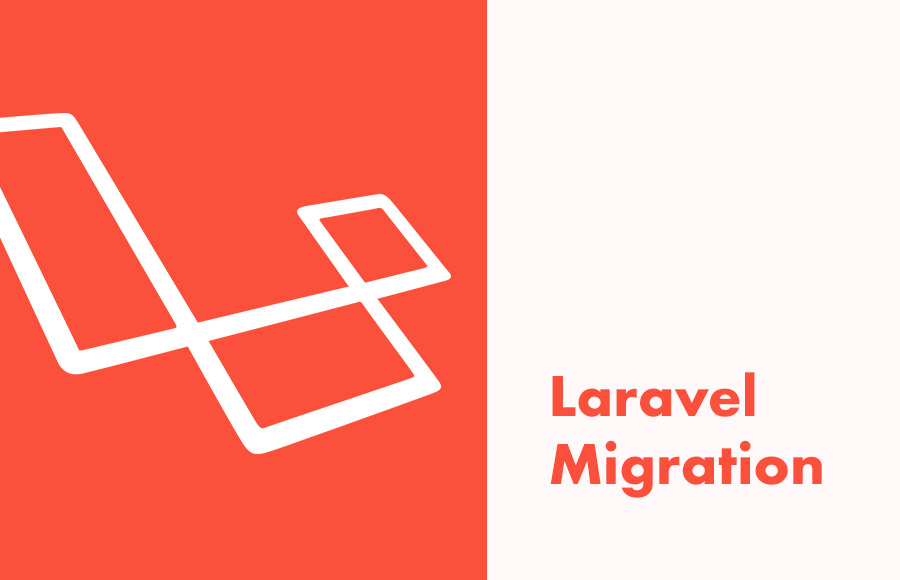

If you don’t already have an Okta account, go ahead and create one-otherwise, just log in. You’re going to add user authentication to your website using Okta. Open it in your browser, and you’ll see that there are currently no posts on your website. This will run your server, typically on localhost:8000. Open routes/web.php and replace the current / route with the following: The last step to creating your home page is registering the new route.

Otherwise, they’ll see a link to add a post.


When the user is not authenticated, they’ll see a sign-in link. For ease of styling, you’re using Bootstrap to create your layout.Īll pages will have a navigation bar.
#INTEGRATE LARAVEL SOCIALITE MIGRATION CODE#
This eliminates repeated code by creating a layout view that other views can extend. Laravel Blog Laravel Blog In Post Auth::user()->name }} In your terminal, run the following command to create a Laravel 8 project: Please note that the linked guide uses PHP version 7.3-if you’re using PHP version 7.4, be sure to replace 7.3 in the commands with 7.4.
#INTEGRATE LARAVEL SOCIALITE MIGRATION HOW TO#
For more detail on how to install any of these extensions, you can follow this guide on how to install the PHP extensions necessary for Laravel. If you have a fresh PHP installation, or haven’t worked with Laravel before, you might need to install some extensions, such as php-dom, php-zip, and php-curl. You can follow the installation steps in this guide from Elastic, and then learn the basics here. To use Elasticsearch, you need to have it installed and running on your machine. You also need to have Composer installed. If you’re running Windows, you’ll also need to enable the use of the SQLite3 extension by adding a DLL to the system PATH, following the directions in the SQLite3 installation guide. Prerequisitesīefore you start with this tutorial, you’ll need PHP version 7.3 or higher. You can find the code for this tutorial in this GitHub repository. Then you’ll integrate Elasticsearch, adding search functionality to the blog. In this section, you’ll create a blog with Laravel that shows posts for unauthenticated users and allows users authenticated with Okta to add posts. Elasticsearch is a versatile search engine that not only makes the process easy for you, but also indexes and caches data to provide a faster and more optimized response to your queries. If you have an e-commerce website, it’s important to add a search engine that will allow your users to search through thousands of products, including multiple fields like titles, descriptions, and categories in the search. It also allows you to better understand your data, and to track your query load times using tools like Kibana, a visualization dashboard for your data. What is Elasticsearch?Įlasticsearch allows you to index your data and perform searches quickly and efficiently. You’ll also add authentication to your blog using Okta and allow authenticated users to create new blog posts. In this tutorial, you’ll learn how to integrate Elasticsearch into a Laravel blog. Elasticsearch is a search engine that can be integrated into any of your tech stacks using its REST APIs and its wide selection of libraries.īy installing and integrating Elasticsearch into your system, you can add a search engine to your website, add autocomplete functionalities, use its machine learning functionalities to perform analysis on your data and provide better results for your users, and much more.


 0 kommentar(er)
0 kommentar(er)
